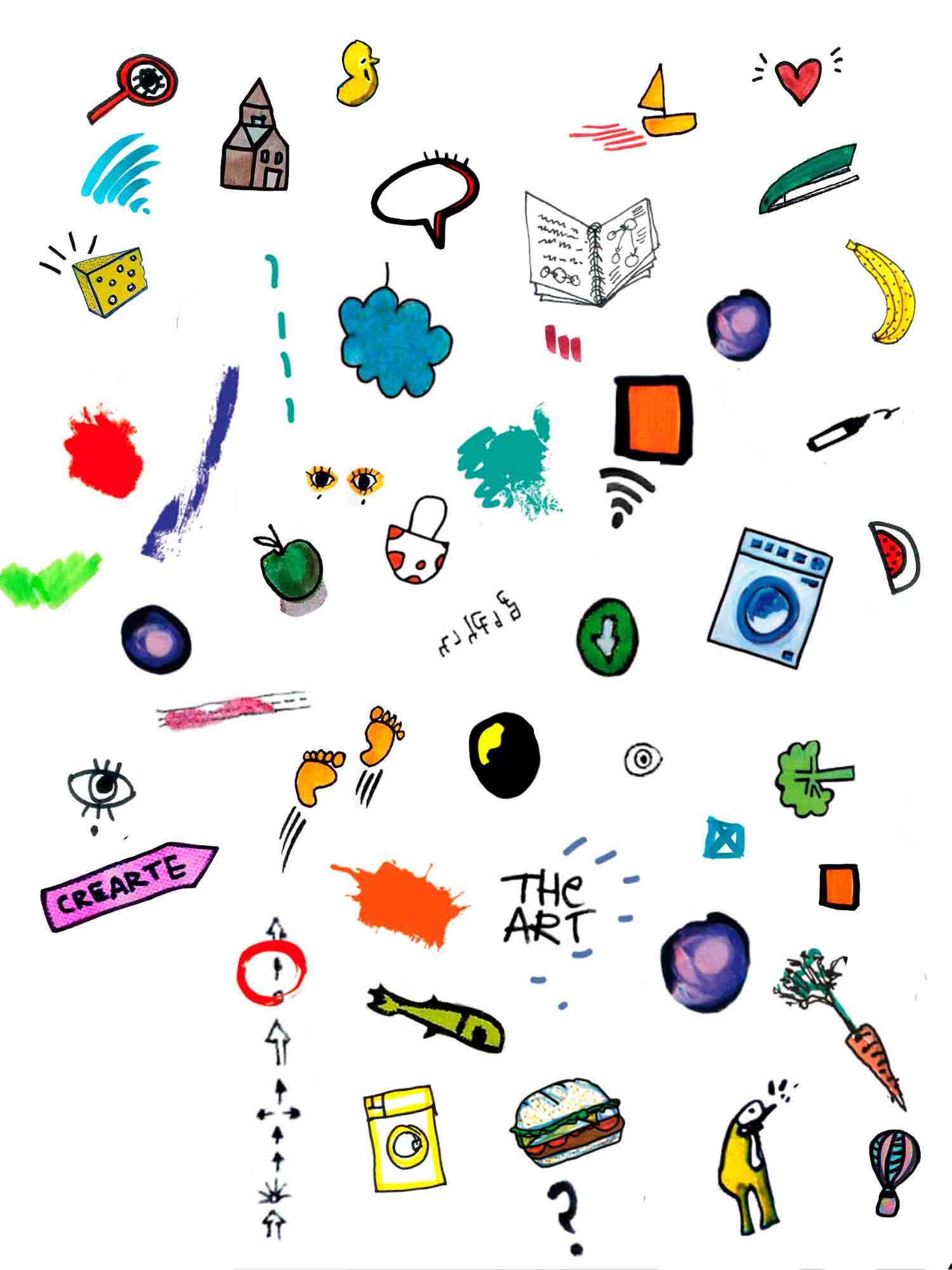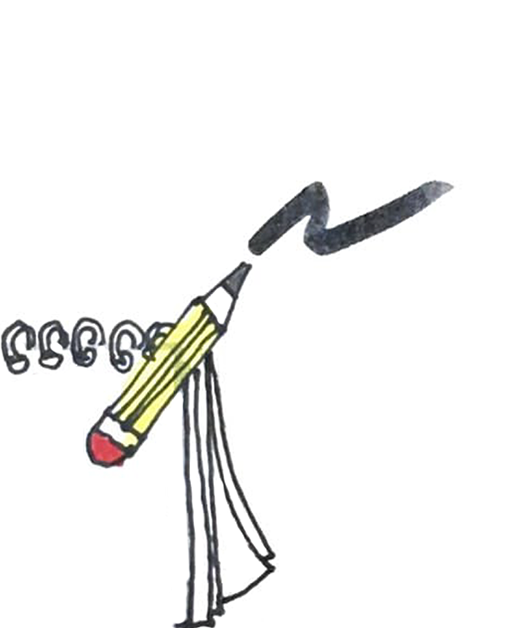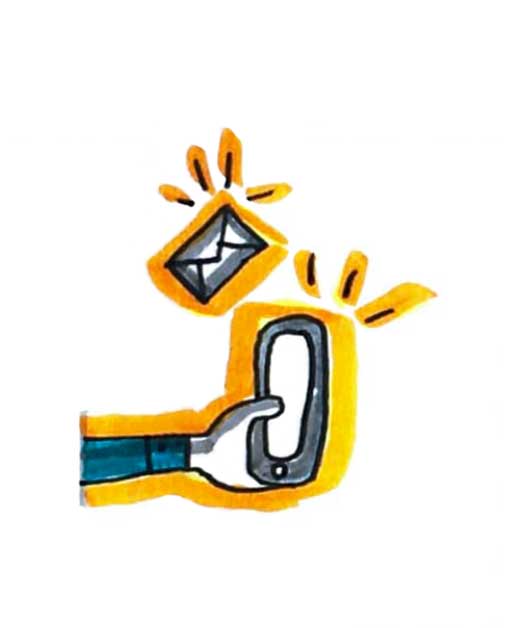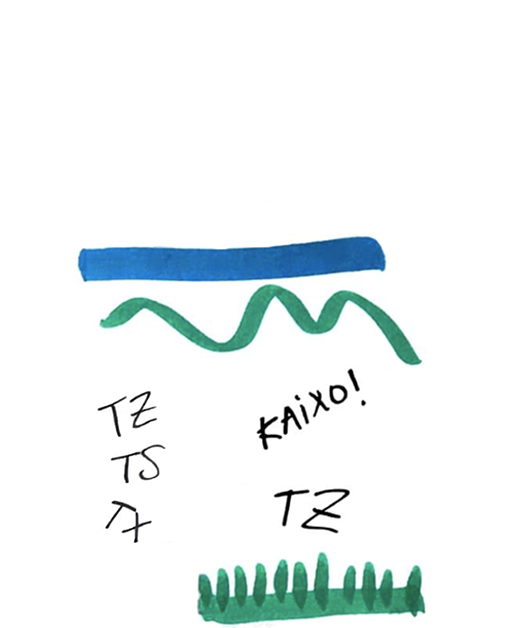Useful meetings: what can't go wrong.
Time is a precious commodity. In the work environment, many times, you may have the feeling that it slips away. Mainly when you have to participate in work meetings that drag on. And worst of all, when you leave the meeting with the impression that you don't know what you have been called for or what has happened.
How to avoid that feeling of frustration and the investment of hours in meetings that leave the feeling that it has not been very useful?
Efficient meetings are an individual and collective necessity. So I'll share with you some practical tips on how to turn meetingitis around.
How to promote useful meetings with your team.
- Clarity from the beginning: is the specific objective of the meeting clear? Do we know if it is an informative session, to contribute ideas, or to make decisions? In the call for the meeting, set the start time, end time, who is going to lead the meeting and make the objective clear. An agenda, the simpler the better. A single objective? All the better. To simplify is to succeed. In 55 minutes, you're done.
- Keep in mind the 7P factors: purpose (one), people (who to involve), product (which outcome will we have after the meeting), process (steps to take during the meeting), preparations (collect valuable information, previous steps), practical issues (launch call, book room) and pitfalls (anticipate what can go wrong, in order to avoid it or have plan B). Source: The 7Ps of Gamestorming.
- Facilitating is making things easy, right? During the session, the facilitator marks the times and stages: opening, exploration and closing. Remember the objective of the meeting each time the topic deviates and distribute times for interventions. It may help to use visual language to collect some ideas on a whiteboard; this simple exercise helps to achieve tangible results.
- Set the Rules: let people speak until the end, respecting their turn to speak. Do not judge. These minimal consensus make the big difference between an unruly chaos of acrimonious positions or a calm dialogue in which people listen to each other, value each other and contribute. The facilitator must ensure all of this. In meetings, the ego must remain switched off and in the pocket, like the cell phone.
- Concluding: before finishing, it is advisable to review what has been discussed and achieved, and to complete a clearly visible table with Who is doing / What / When. It is important to start with Who is going to do it, so we put the focus on the person, he/she takes responsibility, and we can also see if we are distributing the work equally.
- What if after each meeting we set aside an hour of post-meeting time to do work related to the meeting? Meetings generate work; avoiding two meetings in a row makes us feel more efficient.
With these simple, easy-to-implement guidelines, you will get your team to contribute, feel heard and the work environment will be smoother. In addition, they will have a more positive feeling the next time they see a meeting request in their e-mail inbox. Because they will be aware that useful meetings are here to stay in your organization.










